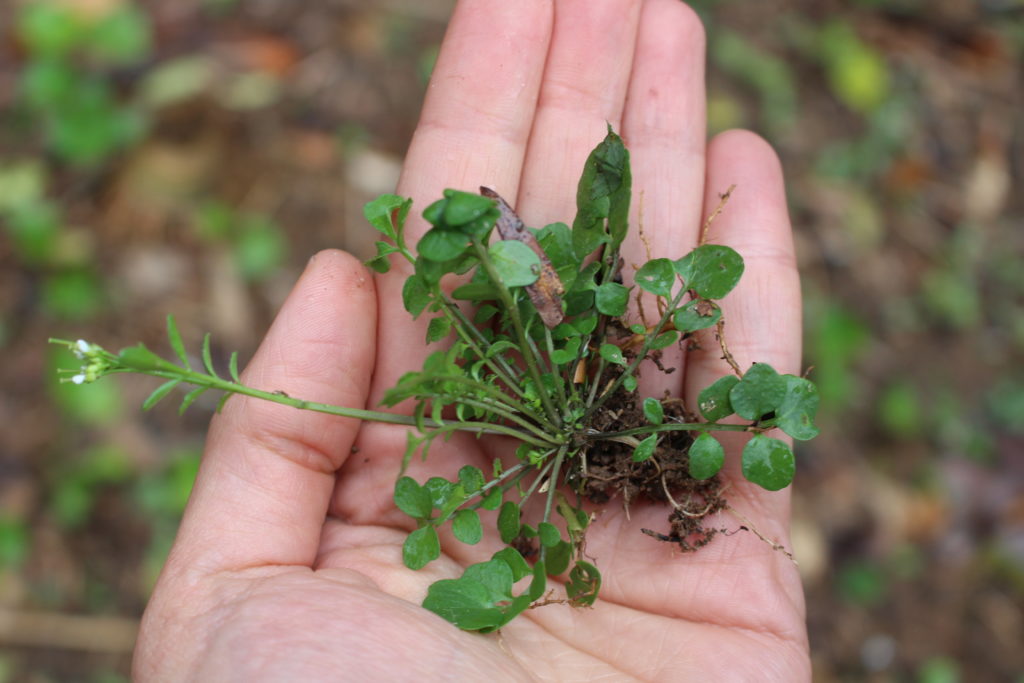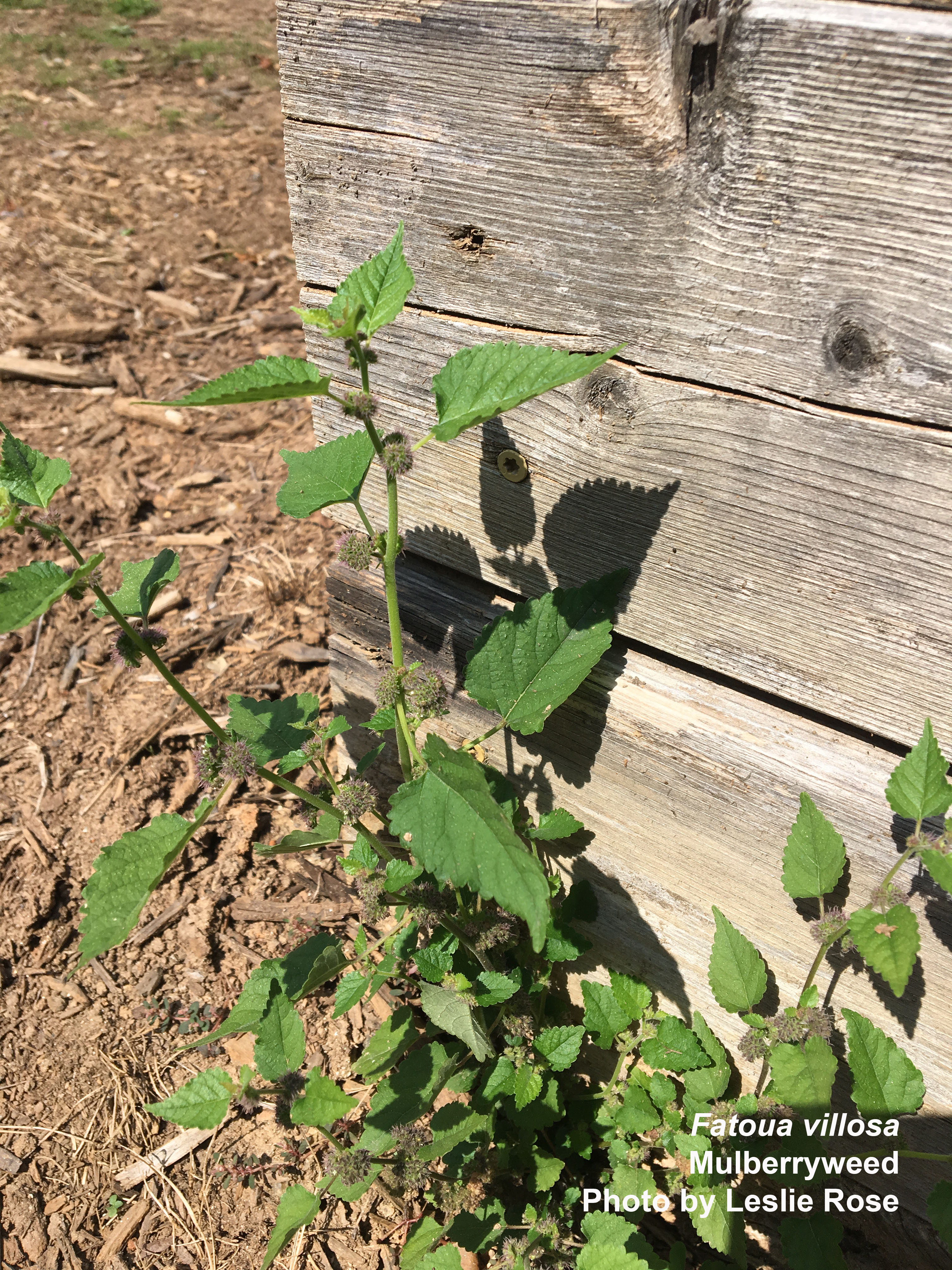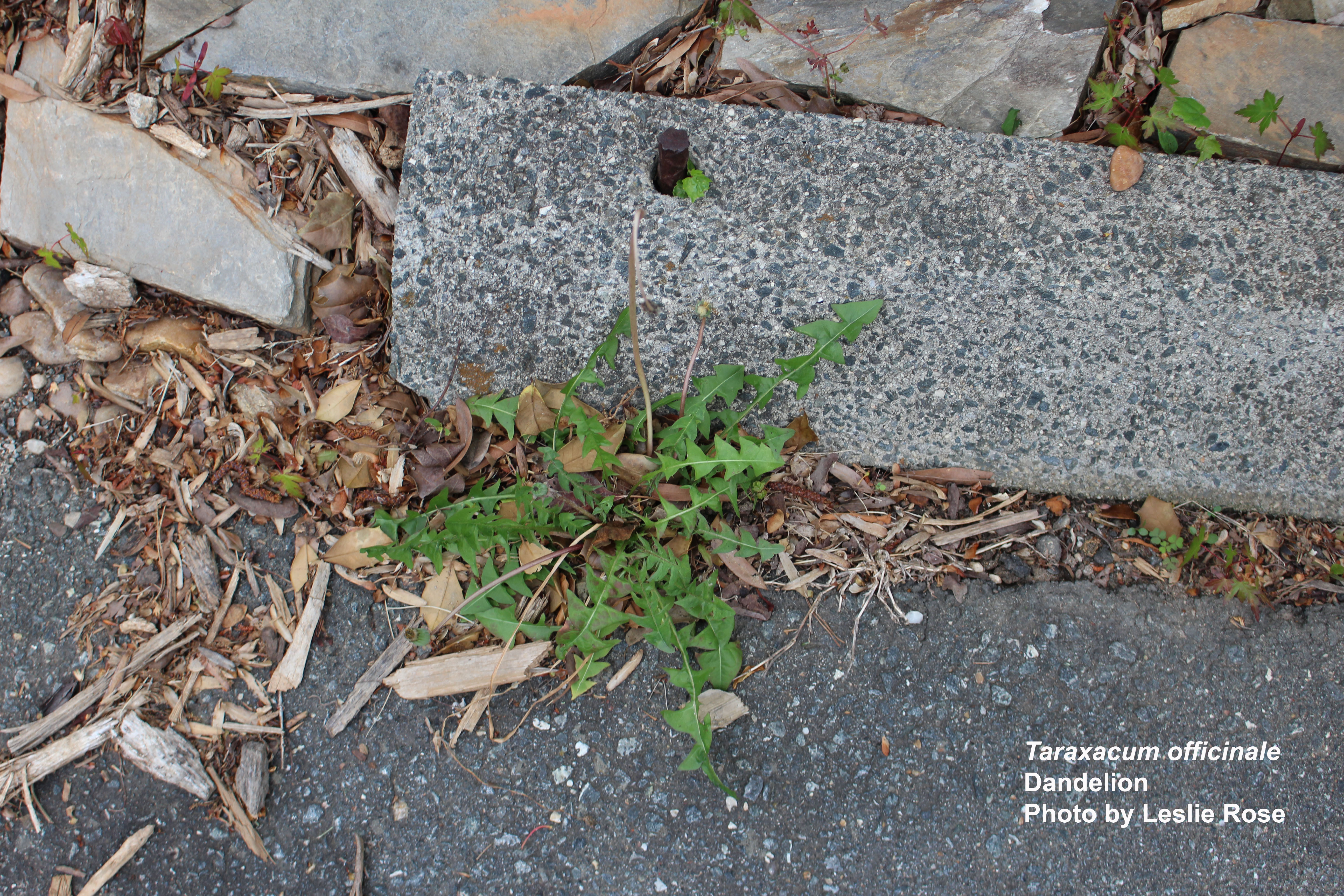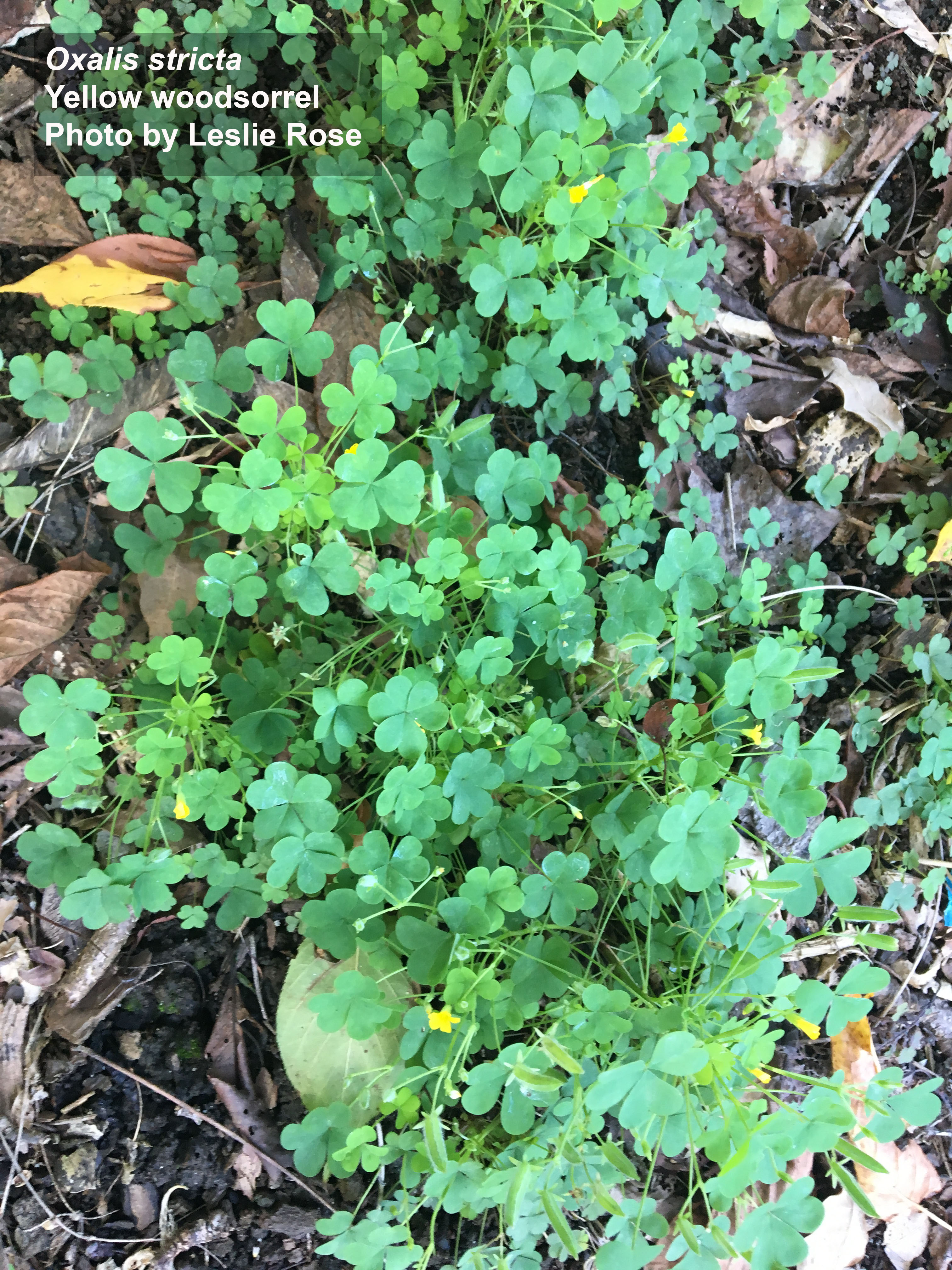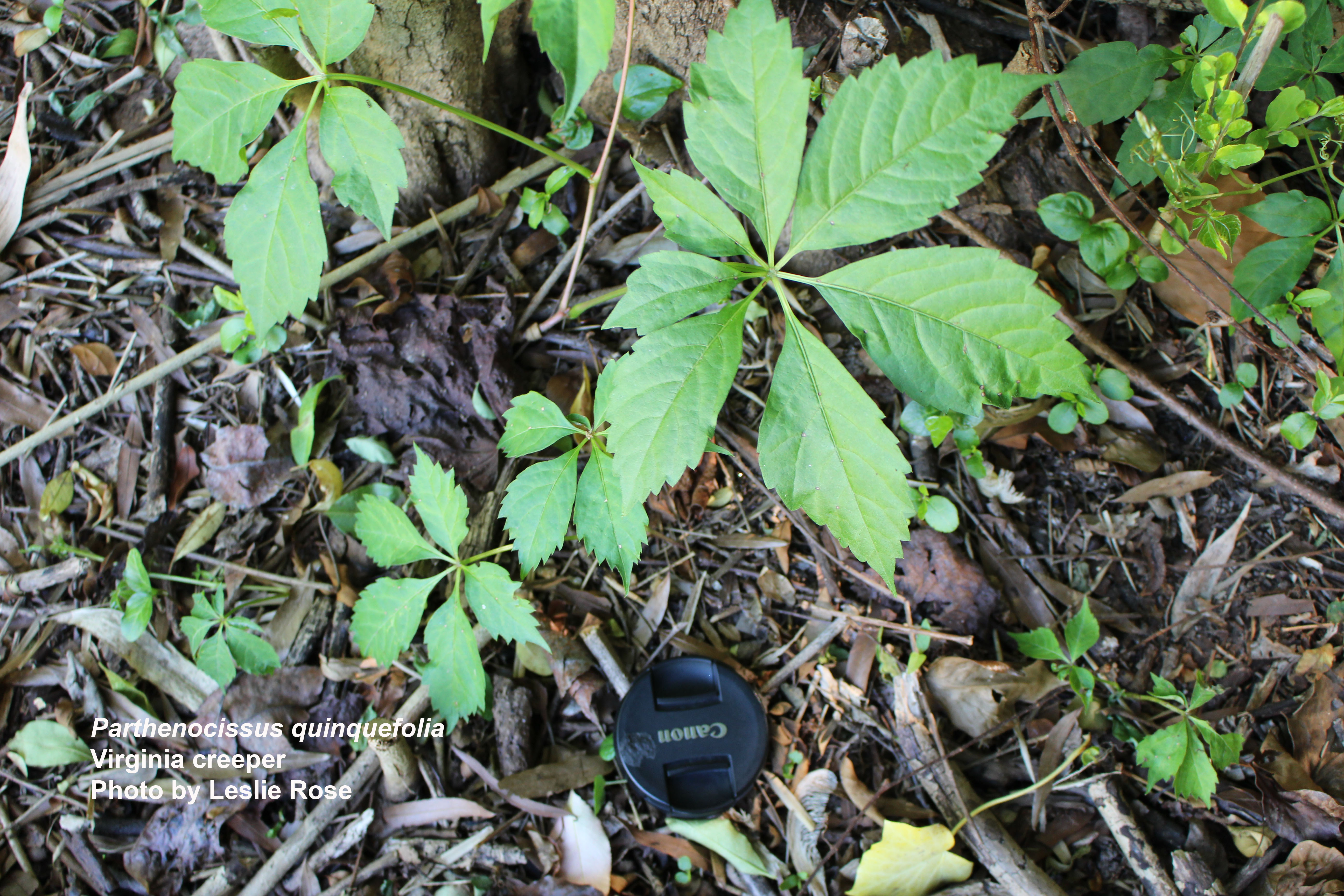What’s in Bloom?
go.ncsu.edu/readext?670518
en Español / em Português
El inglés es el idioma de control de esta página. En la medida en que haya algún conflicto entre la traducción al inglés y la traducción, el inglés prevalece.
Al hacer clic en el enlace de traducción se activa un servicio de traducción gratuito para convertir la página al español. Al igual que con cualquier traducción por Internet, la conversión no es sensible al contexto y puede que no traduzca el texto en su significado original. NC State Extension no garantiza la exactitud del texto traducido. Por favor, tenga en cuenta que algunas aplicaciones y/o servicios pueden no funcionar como se espera cuando se traducen.
Português
Inglês é o idioma de controle desta página. Na medida que haja algum conflito entre o texto original em Inglês e a tradução, o Inglês prevalece.
Ao clicar no link de tradução, um serviço gratuito de tradução será ativado para converter a página para o Português. Como em qualquer tradução pela internet, a conversão não é sensivel ao contexto e pode não ocorrer a tradução para o significado orginal. O serviço de Extensão da Carolina do Norte (NC State Extension) não garante a exatidão do texto traduzido. Por favor, observe que algumas funções ou serviços podem não funcionar como esperado após a tradução.
English
English is the controlling language of this page. To the extent there is any conflict between the English text and the translation, English controls.
Clicking on the translation link activates a free translation service to convert the page to Spanish. As with any Internet translation, the conversion is not context-sensitive and may not translate the text to its original meaning. NC State Extension does not guarantee the accuracy of the translated text. Please note that some applications and/or services may not function as expected when translated.
Collapse ▲What’s in bloom in Forsyth County?
N.C. Cooperative Extension mantains two public gardens in Forsyth County with the assistance of NC State Extension Master Gardener℠ volunteers of Forsyth County:
-
- The Forsyth County Demonstration Gardens are located at the Forsyth County Agriculture Building, 1450 Fairchild Rd, Winston-Salem, NC 27105.
- The Arboretum at Tanglewood Park is located within Tanglewood Park at 4201 Manor House Circle, Clemmons, NC 27012. You will find the Arboretum located behind the Manor House.
These gardens are open year-round for visitors.
If you want to learn more about one of the plants you see here, check out the NC Extension Gardener Plant Toolbox at plants.ces.ncsu.edu.
Visit our Gardening in the Piedmont website for basic gardening information, including recordings of past webinars and other great garden resources!
Fall 2025
There are a wide variety of plants blooming in our area during the summer months, including perennials, trees, vines, and summer annuals. Follow along here for monthly updates on what is blooming in our Extension gardens. North Carolina Cooperative Extension, Forsyth County Center, manages two public gardens which are open to visitors.
Thank you to NC State Extension Master Gardener volunteers of Forsyth County, for assistance compiling photos and information.
Flowers
Asters bloom in the fall garden, often with flowers in shades of blue, purple, or white. These are great plants for late-season pollinators.
Aromatic aster (Symphyotrichum oblongifolium) is a native perennial plant that blooms during the late summer and fall. This aster grows in small mounds in the garden, reaching about 3 feet in height and width.
Tatarian aster (Crinitaria tatarica) is a taller plant, reaching heights up to 6 feet. This perennial is a good choice for the back of a garden bed and provides color later in the fall season.

The lavender flowers of Tatarian aster offer height and color during the fall and can support late-season pollinators.
Goldenrod (Solidago species) is another plant that blooms during the late summer. There are many varieties available with stunning golden flowers. Rough goldenrod (Solidago rugosa) is a species with upright growth that casdcades of golden flowers to the fall garden. This plant often reaches heights of up to 4 feet.
Weeds
Remember, a weeds is a plant growing out of place – what may be considered a weed by one person may be a welcome plant in another person’s garden.
In the fall, summer annual weeds are blooming and spreading seeds in your garden until we have a frost. If you are mowing blooming weeds, consider bagging your clippings to avoid spreading seeds throughout your yards.
During the fall, we also see seedlings of winter annual weeds in the gardens. If you can learn to identify these weeds while they are small and remove them at this stage, it can reduce your weed pressure later in the winter and into spring, as well as in future years.
Chickweed (Stellaria media) is a cool-season, annual herb in the carnation family that is generally considered a weed. The common name comes from the fact that chickens like it as a food source.

Chickweed is a cool-season weed that appears in the garden during the fall. You will see small white flowers in the spring.
Hairy bittercress (Cardamine hirsuta) is a cool-season annual weed. The seedling appears as a rosette of leaves and flowering stalks appear later in the season. Seeds of hairy bittercress are spread by ballistic seed dispersal – when the seed pods are ripe, the pods explode and disperse seeds throughout the garden. A good strategy for this weed is to remove it while it is small.

Hairy bittercress, pictured in the center, grows as a rosette and its leaves have a distinctive shape. Try to catch this weed before it has seed capsules that can burst and spread in the garden.
Mulberryweed (Fatoua villosa) is an annual weed that resembles young mulberry trees. This weed spreads via prolific seed production. See this publication for management strategies for mulberryweed.
Euphorbia maculata (spotted spurge or prostrate spurch) is a summer annual, broadleaf weed. It that grows from a taproot with stems radiating from a central point. When broken, the red stems exude a milky sap. It forms prostrate mats near the ground which withstand mowing. Spurge can be difficult to remove in gravel, brick, or cement walkways because of its taproot. When removing spurge by hand, the taproot should be removed to prevent re-sprouting.
Pokeweed (Phytolacca americana) is a native plant that can frequently be found in fields and roadsides throughout the summer months. All parts of this plant are poisonous to humans. When allowed to mature, pokeweed develops white blooms followed by dark blue to purple berries. Because it is a perennial, gardeners should try to remove the roots when pulling this plant out of the garden.
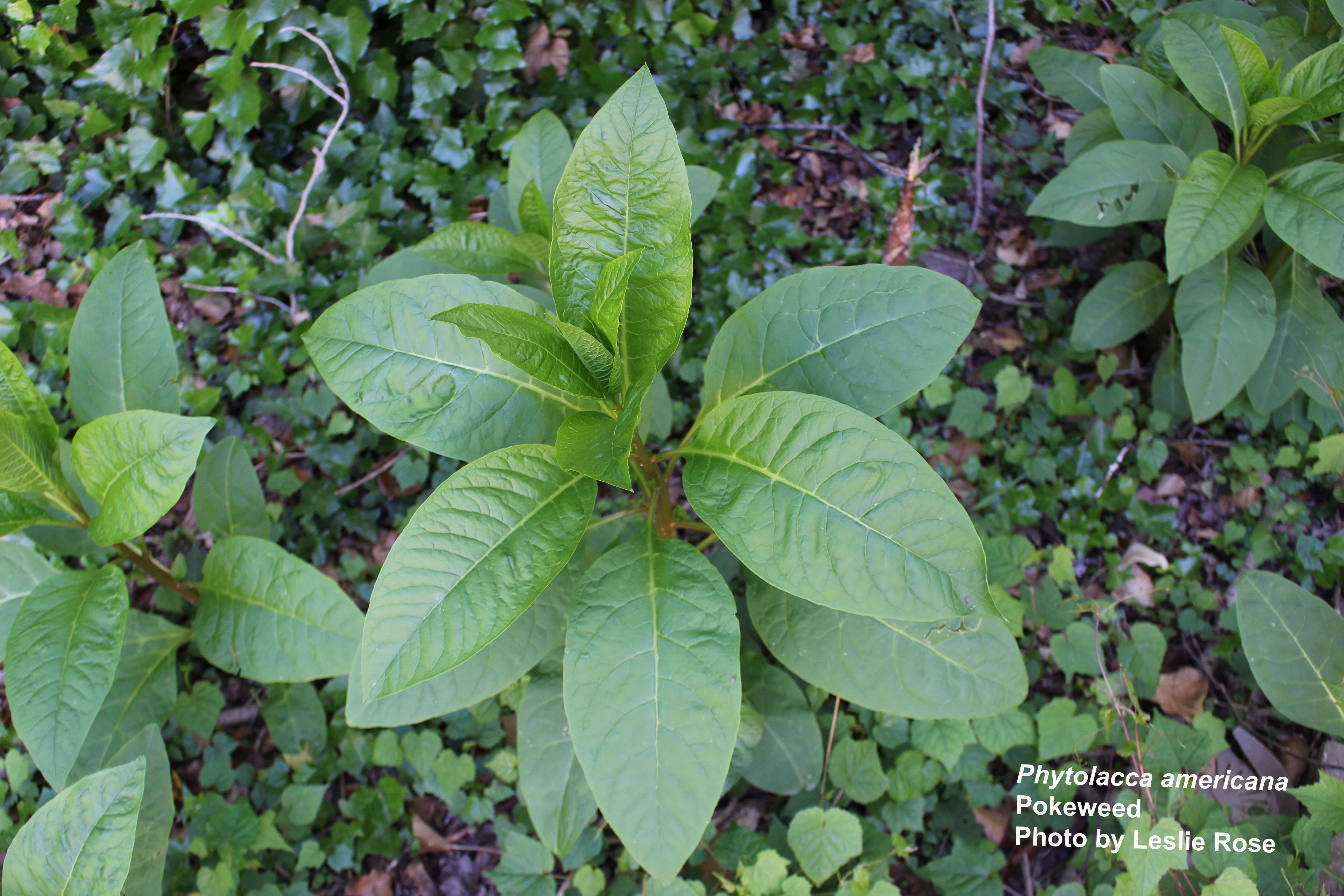
Pokeweed (the larger plant pictured here) is a native, perennial plant that is often considered a weed.
Dandelion (Taraxacum officinale) is a perennial weed. If you are removing this plant in the garden, try to dig down to remove its large tap root. Dandelions have toothed leaves and develop yellow flowers. Eventually, the flowers form white seeds that are easily dispersed by the wind.
Yellow woodsorrel (Oxalis stricta) is a perennial weed with small yellow flowers. After flowering, this plant develops cylindrical seed pods. When ready for dispersal, the seed pods will burst open to spread seeds widely through the garden. Try to remove these plants prior to flowering if possible.
Virginia creeper, Parthenocissus quinquefolia, is a native, vining plant that is often considered a weed. This perennial plant will rapidly vine through the garden and can cover trees, shrubs, fences, and other structures. The vine will get red fall color and is a host plant for the larval stage os several butterflies and moths.








